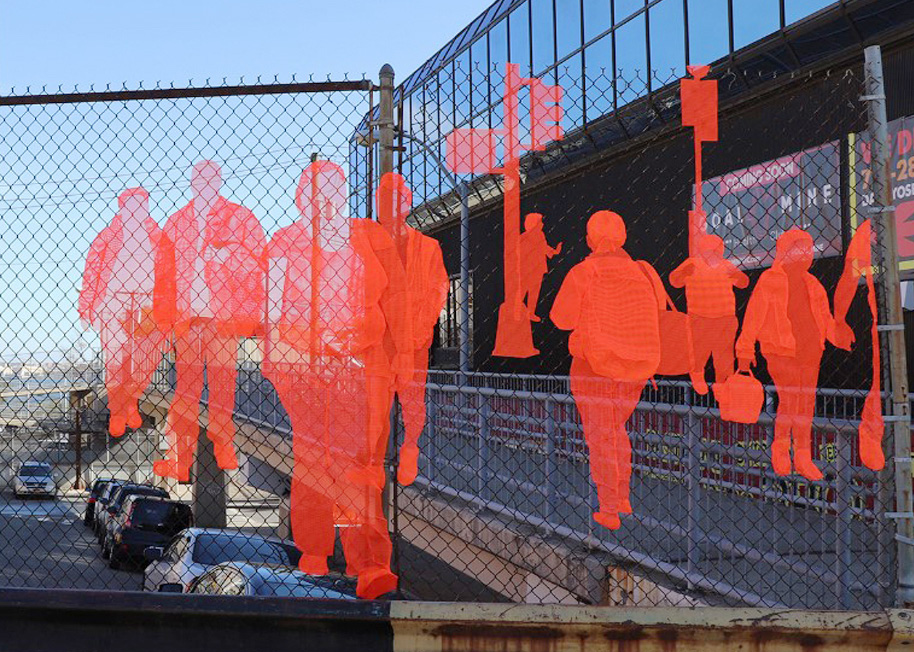
I was recently commissioned to photograph ten of Harumi Ori’s signature artworks from a series called “I am Here,” exhibited at the NowHere Gallery in Soho. We began the shoot at 11 am on a Saturday. Initially, there were only a few visitors trickling in, but by 2 pm, more visitors flowed into the gallery to enjoy Ori’s life-sized sculptures. Displayed on the gallery’s 20-foot-wide walls extending up to a 12-foot ceiling, they captivated the audience. Many expressed genuine admiration, saying that they felt energized by her vibrant pieces.
Ori’s distinctive style is characterized by her use of industrial plastic mesh, commonly found at construction sites, with its bold orange color. Her dynamic compositions draw inspiration from her own NYC street photography and portraiture, capturing the essence of simple everyday city life—whether it’s people commuting to work, children coming home from school, or families enjoying the bustling streets and parks. She sees the harmony of humanity and recreates the moments in her mesh sculpture, where people come to life leaving lasting memories of us city folk.
Ori’s career started with the School of Visual Arts graduation show, which was followed by several commissions. Her breakthrough came with her first solo exhibition at the Queens Museum of Art in 2003, which received critical acclaim and established her as a rising star in the NY art scene. Fast forward, and she has kept the momentum alive for the last twenty years, standing by her philosophy of recording the spirit of real people. In 2016, her work was included in the Lumine Art Awards in Japan, where she received positive feedback from art critics, and won First Prize. The judge was the current gallery director of the NowHere Gallery in NYC, Kentaro Totsuka.
One may ask, what has contributed to Ori’s success? There are many talented artists in the world who create beautiful and unique artworks, yet less than five percent of artists can support themselves full-time. Here are some of my personal observations about her art.
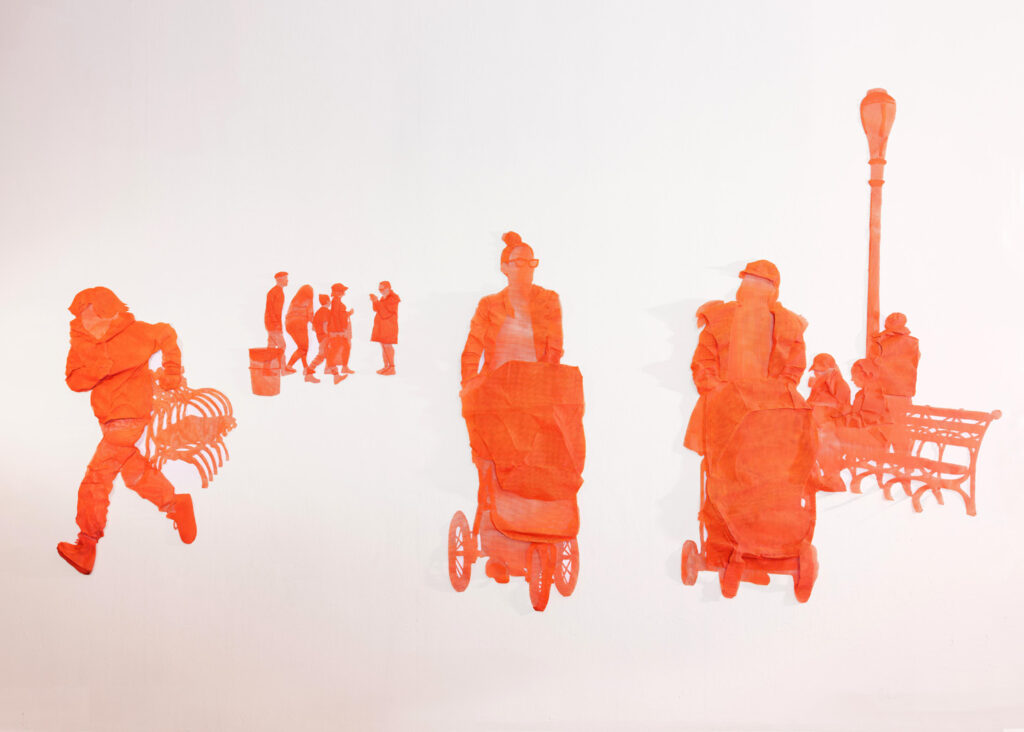
Nature of Public Art
Ori’s work transcends the confines of studios and galleries, integrating seamlessly into public spaces at locations such as the Brooklyn Army Terminal, Thomas Jefferson Park, and the Red Hook Houses where you might have seen them before in past installations. Ori’s art is not confined to private collectors’ homes but is displayed in large offices and universities, including permanent installations at Michigan University and the Facebook NY office lobby. Situating her art in public spaces and accessible venues ensures that a diverse audience can experience her work. In fact, I witnessed a group of MetLife employees who approached Ori during a location photoshoot, to express their appreciation for seeing her art in their offices every day. This approachable reach of her public art installation gives her works a level of visibility and positive exposure to anyone, including those not specifically associated with the art world.
Eco-friendly Material Choice
Ori’s choice of materials, particularly plastic mesh, plays a crucial role in her artistic process and practical considerations. The lightweight nature of her medium provides significant mobility, making it easier to transport her works compared to heavier materials like marble or pottery. Imagine, for instance, if Ori were creating marble sculptures like Michelangelo or life-sized pottery figures akin to the Chinese Terracotta warriors. The weight and fragility of such materials would greatly complicate transportation and installation. In contrast, Ori’s use of plastic mesh allows her to travel to commission sites and install her sculptures personally. This hands-on approach minimizes the need for third-party transportation and installation services, reducing costs and environmental impact. Through this method, Ori’s art becomes more accessible to an even wider audience with an eco-friendly approach.
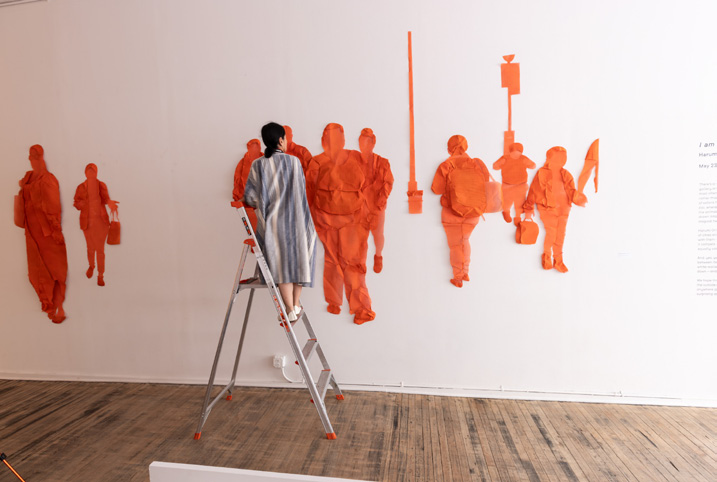
Unity and Egalitarian Themes
While other popular art themes such as portraits, sea and landscapes, or floral paintings find their niche audience, her art creates shared sentiment among the audience across a broad spectrum of economic and social backgrounds. For instance, her sculptures might depict a pair of moms walking with strollers or a group of people engaged in a shared activity. Ori captures these bits of street life, transforming everyday moments into visually captivating scenes. Through her art, we are reminded that we are all a part of each other’s existence. This authentic feeling of togetherness fosters a special art experience.
Beyond her personal artistic achievements, Ori has been a mentor to community artists with the ArtBridge Workshop at Red Hook Art Project.
Harumi Ori’s career continues to flourish, with upcoming exhibitions not only in the US but in Europe and Asia. I believe her innovative approach and dedication to her craft will ensure that she remains a significant figure in the art world and hope to photograph more of her future works. G&S

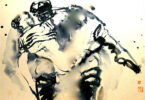


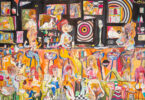
Leave a Comment